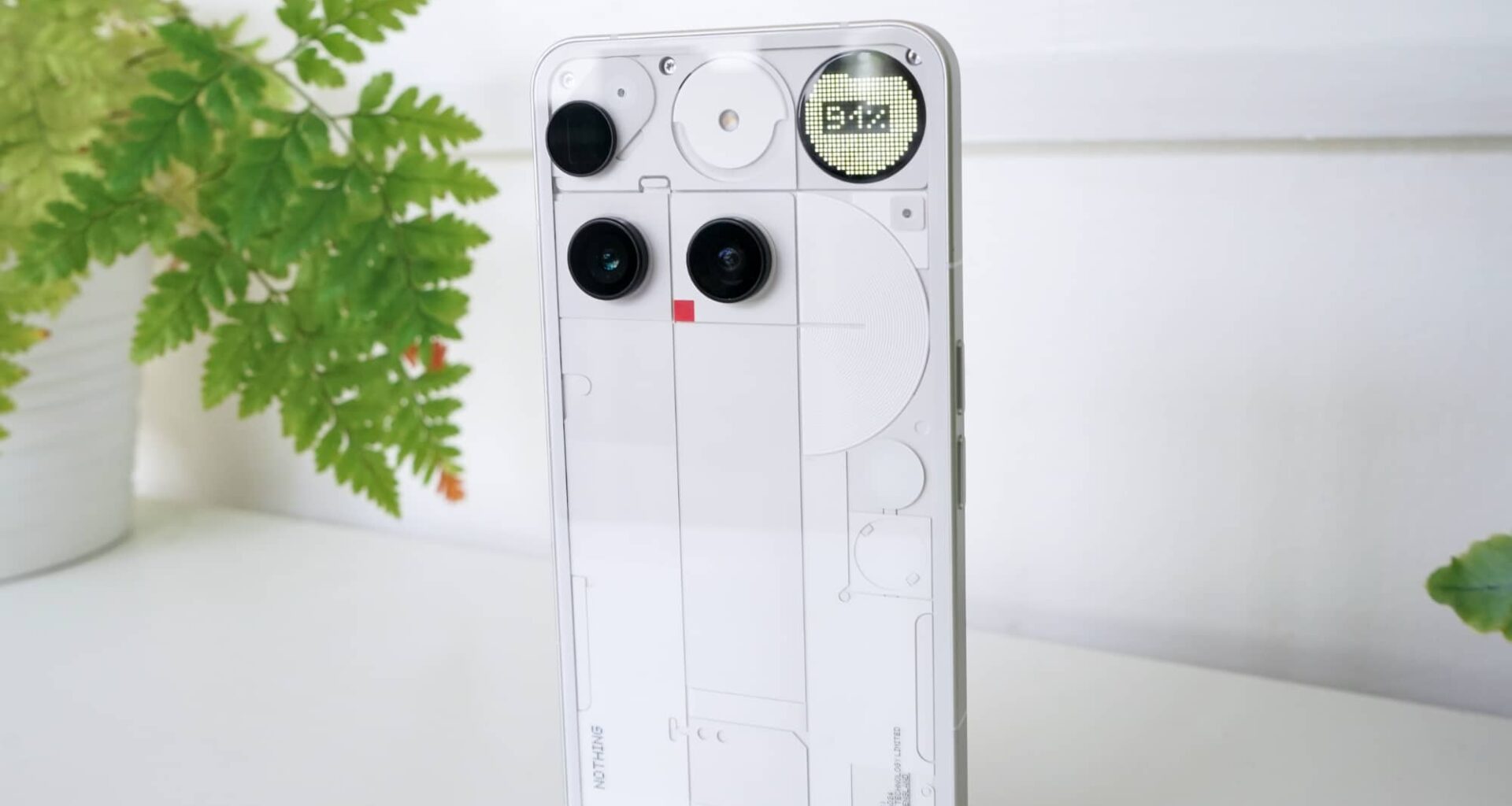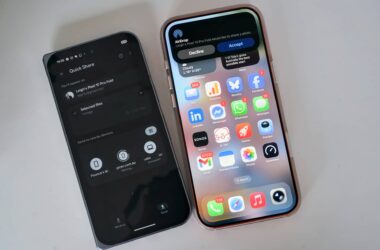Quick review
The good
The not-so-good
A transparent design, quirky camera layout, and an extra screen are just part of what makes the Nothing Phone (3) stand out. Is it worth owning?
If phones seem like they’re a big stagnant in design and form-factor, you’re not alone. The very idea of how a phone looks and feels is typically ho-hum and much the same across most manufacturers, and has been for several years now.
The formula is typically a big screen taking up most of the front and a slick glass or plastic back with a few cameras crouched up into the corner or across a long in the back. It’s all pretty much the same, so much that it helps make foldable phones even more exciting.
Glance at a foldable, you’ll get why: the phones look positively different, even though you have to pay more for the privilege. Meanwhile, here in the real world, most people are buying a standard touchscreen phone. Can anyone make them to be different?
That’s a question Nothing is trying to answer. A recent arrival to phones in Australia, it’s a brand trying to change how you think about phones by making them look different. Is it enough?
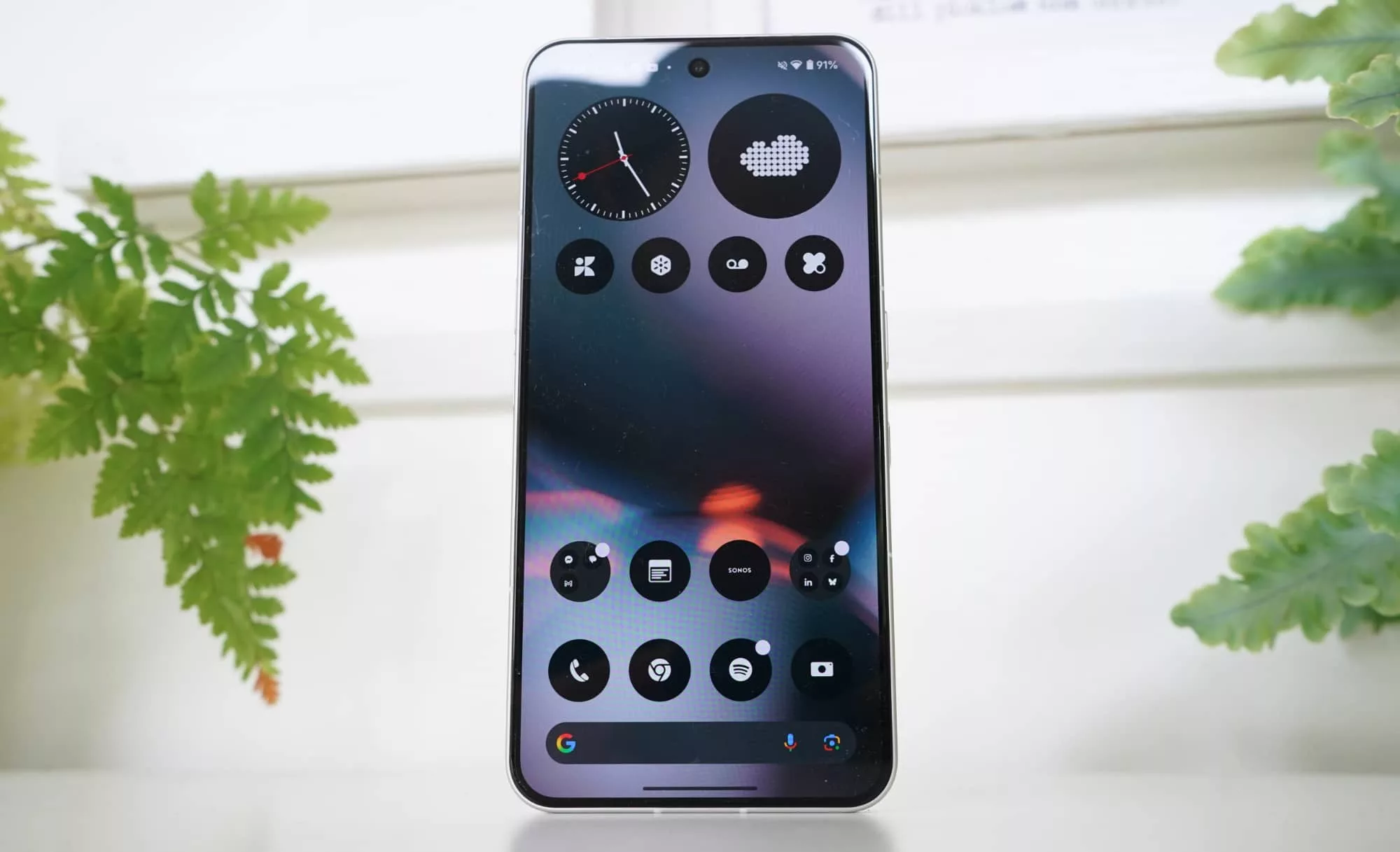
Design
It’s the year 2025, and by now, you’ve probably seen almost every style of phone design that ever was and could be.
Phones that are touchscreen slates and phones that are foldable in some form. It’s possible we’ll be surprised eventually, but phones have largely looked the same for over a decade, so we’re not entirely sure.
By comparison, Nothing is an outlier. It is trying to change phone design.
There’s not much the challenger brand can do to the form-factor — you need a large touchscreen on a phone — so it has turned its attention to the back.
That shouldn’t come as much of a surprise; all of Nothing’s phones thus far have had a differently designed rear, leaning on its push for transparency, an idea that is both a part of the company’s messaging and a bit of a gimmick. It’s there in the Phone 2a, last year’s mid-range from Nothing, and it’s there in this year’s mid-range effort, the Phone 3a Pro.
You don’t get a truly transparent phone, but rather one where transparency becomes part of the phone’s core aesthetic.
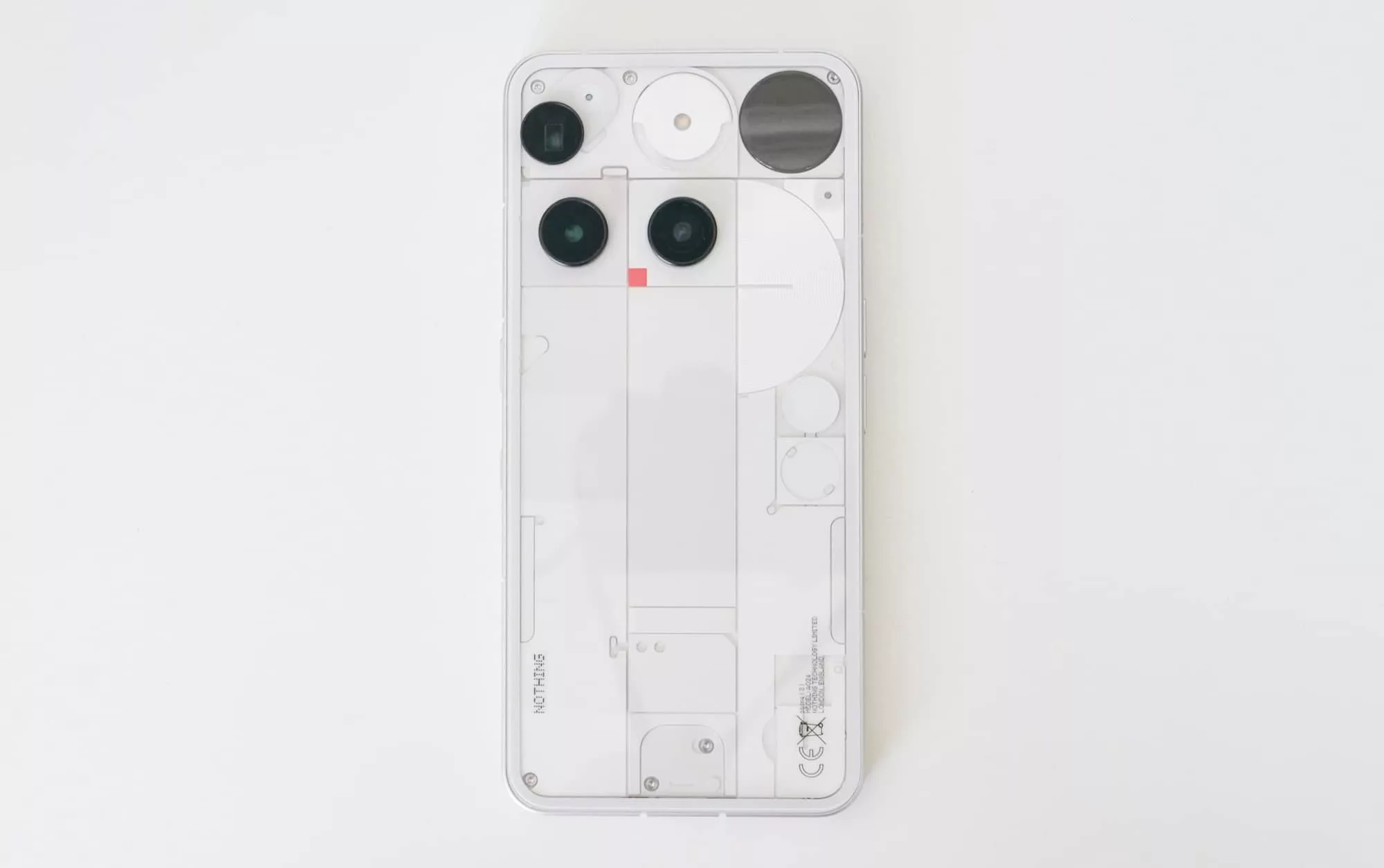
Here in the Phone (3), Nothing is delivering that approach once again, while also changing it up: you’ll get the transparency, but there’s also a small circular screen in the top right to let you check the time, battery life, and maybe play the odd game. This screen is the “Glyph Matrix”, and it’s basically that little bit extra you didn’t expect a phone to have on your 2025 bingo card.
Much like the cameras, which opt for an unusual design that might nudge those with OCD the wrong way.
It’s just that little bit different, which may as well be the slogan for Nothing’s approach to phone design.
The Phone (3) is a little thicker than the 8.25mm iPhone 16 Pro Max, managing an 8.99mm thickness and a weight of 218 grams. As such, Nothing’s phone has a little more heft, but not as much as you think.
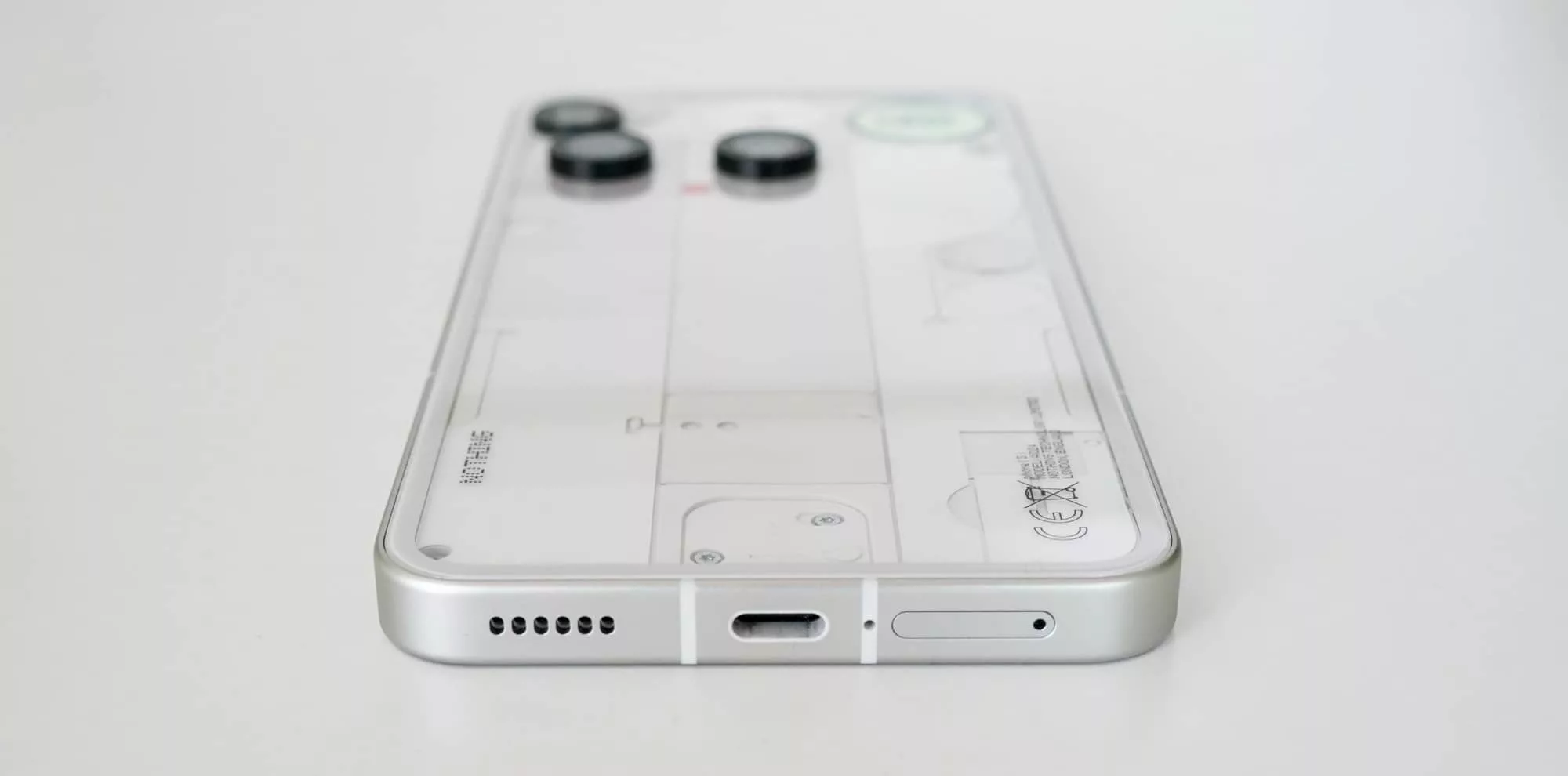
Features
Inside, the specs are a little more normal. There’s no custom processor here, or really a custom anything. Temper those expectations for the surface, because the individuality isn’t necessarily skin deep.
What you will find is a Qualcomm Snapdragon 8s Gen 4 paired with a minimum of 12GB RAM and up to 16GB, dependent on how much storage you opt for. The 256GB Nothing Phone (3) comes with 12GB RAM and the 512GB model comes with 16GB RAM. Both arrive with Google Android 15 out of the box.
You’ll also find a bunch of 50 megapixel camera here, with three on the back and one on the front. The three on the back include a 50 megapixel F1.68 wide camera, 50 megapixel F2.2 ultra-wide, and 50 megapixel F2.68 3x telephoto, giving you a little more reach. The front is a 50 megapixel as well, set to F2.2.
There’s only one obvious connection on the phone, with a USB-C port at the bottom for charging, data, and if you happen to have a pair of headphones and a 3.5mm converter (or USB DAC).
Meanwhile wireless is covered with 4G and 5G, 802.11a/b/g/n/ac/be WiFi 7, GPS, Near-Field Communication (NFC) for Google Pay (which didn’t work on our review device), and Bluetooth 6. We don’t see a lot of Bluetooth 6, so that was definitely a surprise.
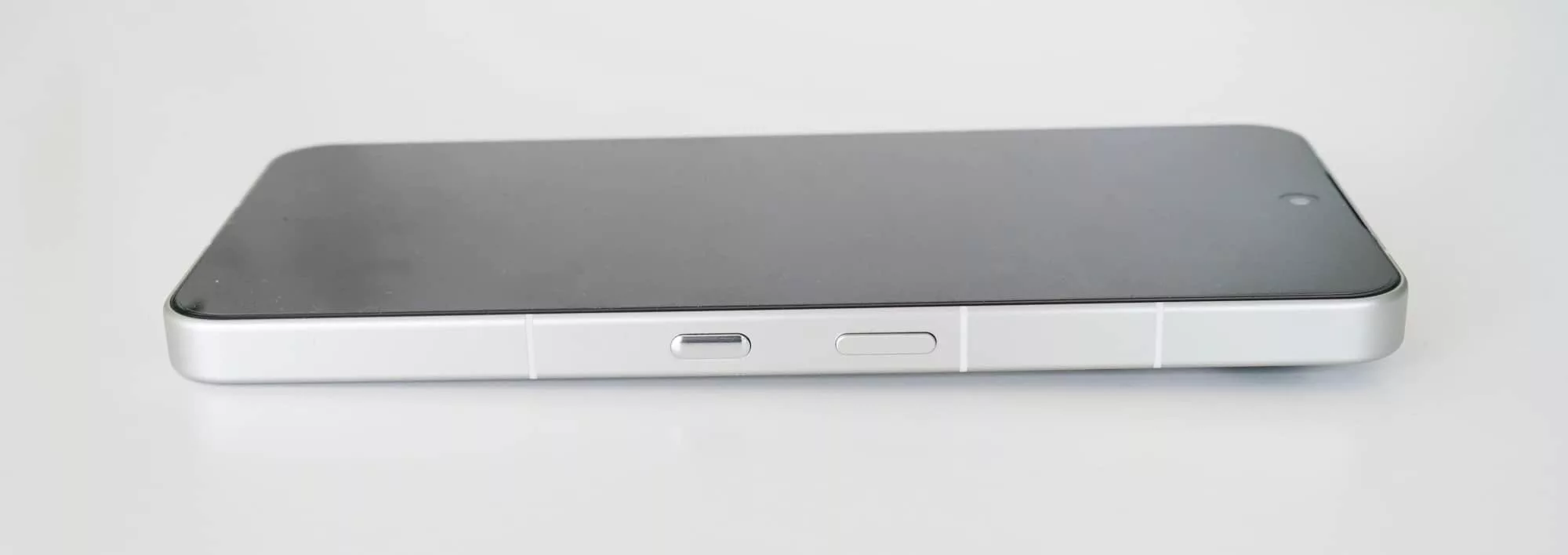
The phone also manages to include four obvious buttons and one less obvious: volume up and down, power, and the dedicated Essential Space button are the obvious ones, while the Glyph Matrix on the back gets a small button hidden under the back glass.
Under all of this is a 5150mAh battery, encased in a glass and metal phone sporting IP68 water resistance.
Display
This is a sizeable phone, though, and it comes with a 6.67 inch AMOLED display of the flexible variety, even if the phone itself isn’t a flexible phone. The resolution is a little bit better than Full HD, though, offering 1260×2800 and a refresh rate of 120Hz, making it slick.
Corning’s Gorilla Glass 7i protects the screen, so the phone should be able to handle a little wear and tear before picking up on obvious scratches.
In the flesh, it’s a nice screen with great colours, but can feel like par for the course because every other phone follows this pattern: big, AMOLED, and fast. It’s probably the least individual aspect of the phone.

In-use
Android 15 may well be the operating system of choice here, but you’ll be using it in one of two ways: the native approach where everything looks like how Google imagines it, or the Nothing approach which has a rather art-deco-like approach to it all.
The fact that you get more than one style is neat, but you may find yourself preferring one over the other. The Nothing art deco logic is very monochrome, which is lovely in a minimalist way, but often makes understanding what each icon is that little bit difficult.
Even some of the weather icons are difficult to work out, and may have you quickly questioning whether you need a jacket or umbrella, or maybe you should just switch to a new more obvious weather app altogether.
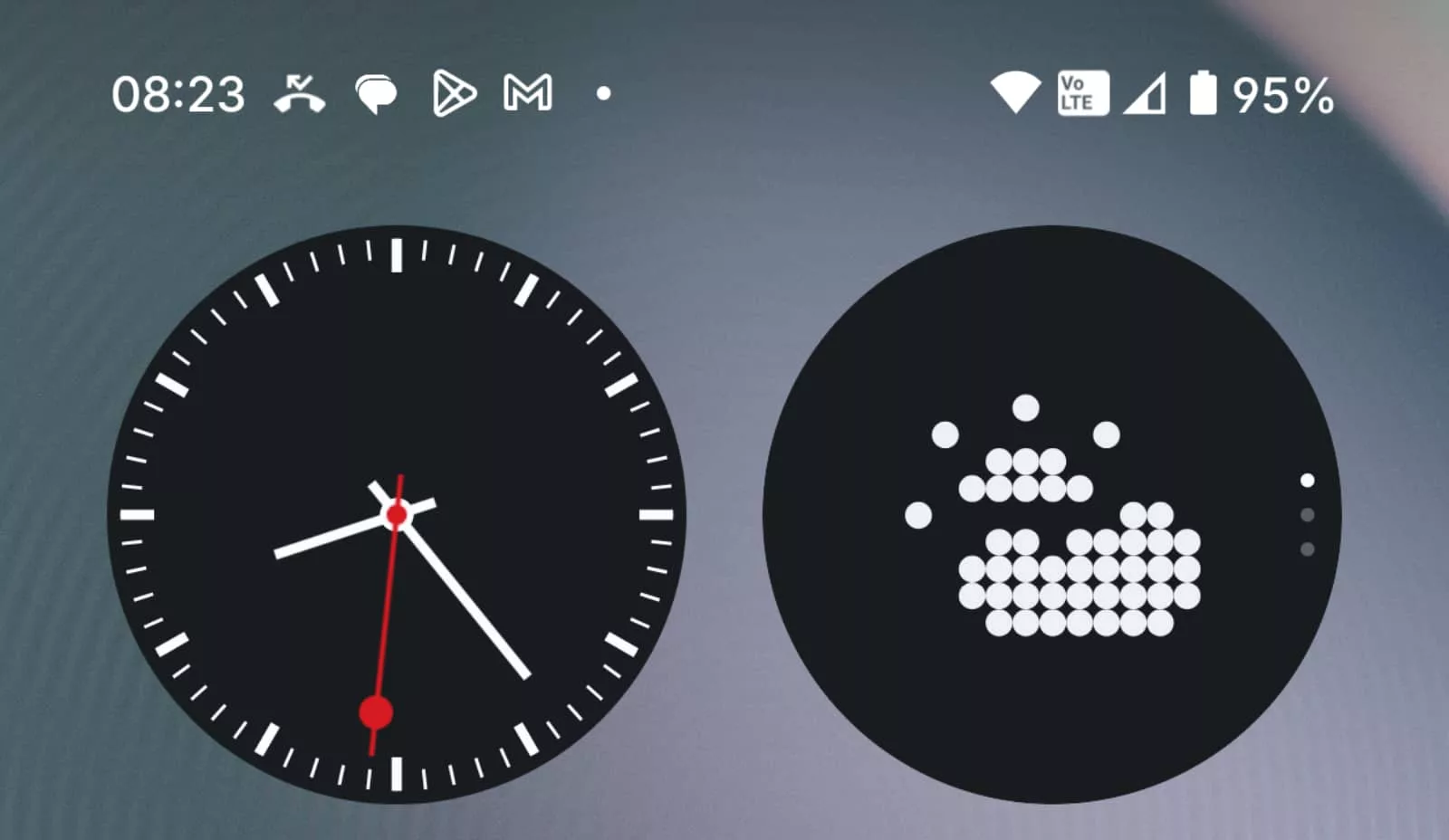
Fortunately you can switch, or change up aspects with a bit of customisation.
Outside of this, Android works very much like every other phone, and indeed like the other major operating system, as well.
You’ll also find a built-in fingerprint reader, accessible on the screen when your phone is unlocked, as well as an extra button on the back hidden under the glass, there to let you trigger the Glyph Matrix, a second screen with micro apps.
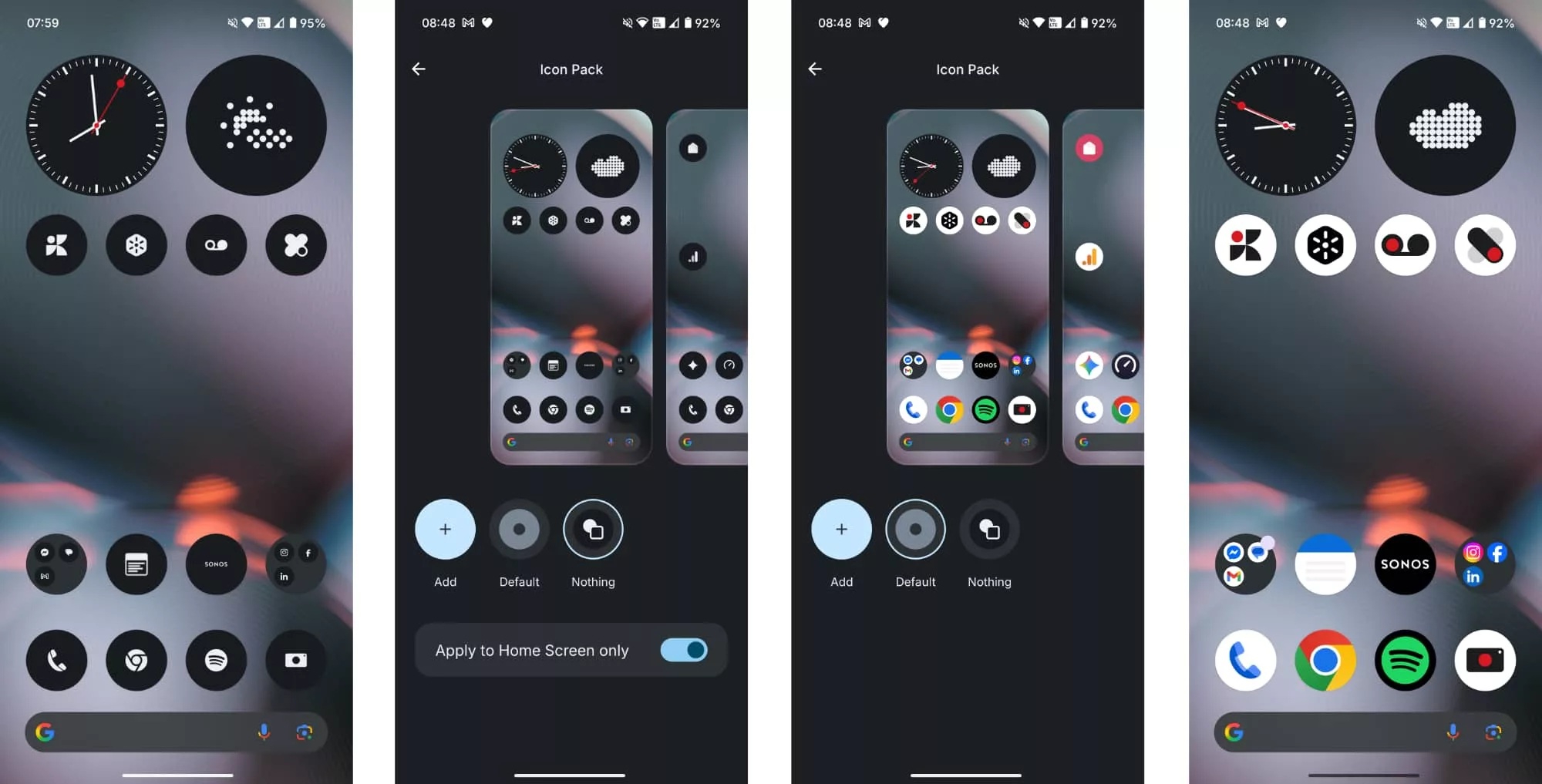
AI features
Another feature expected in 2025 phones is AI, and of course, there’s a bit of that here, as well.
For Nothing, that includes an AI wallpaper generator and support for Nothing’s “Essential Space” journal system, which basically uses a combination of screenshots, voice recording, and AI analysis to understand what you’re doing, drawing your attention to it later. That’s interesting if you use it, and there’s even a dedicated button on the side of the phone to trigger it.
New to this phone, however, is an Essential News feature that has an AI voice-over read you the news headlines with a bit of a snarky attitude. It is definitely not an AI feature this reviewer expected, and a total surprise. A welcome one, too, because a sarcastic attitude is kind of a neat aspect of AI not explored, especially when most AI is courteous. Overly so.
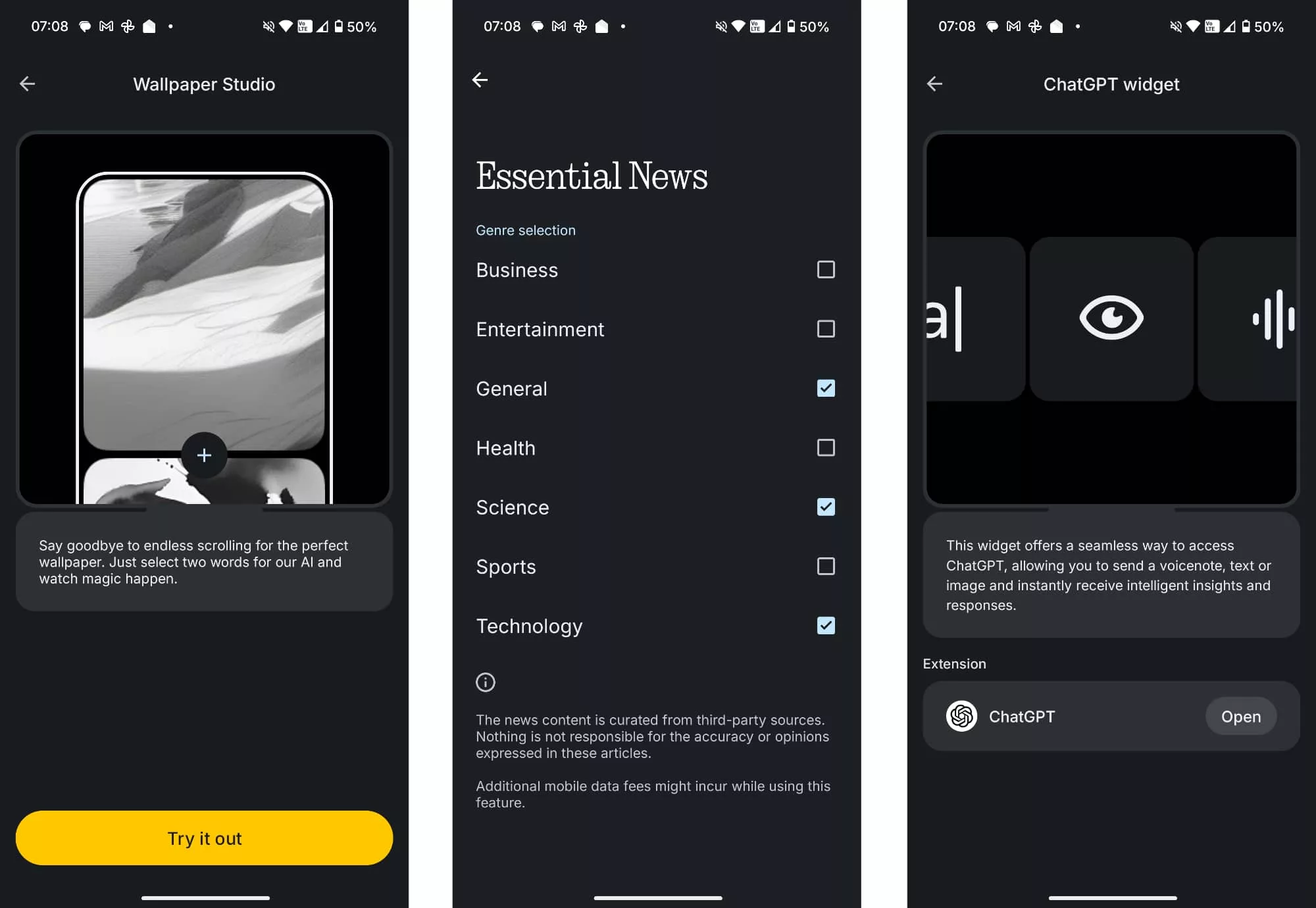
Performance
A different approach to AI and design doesn’t mean Nothing is doing everything differently. Its logic for the system spec feels somewhere near a flagship, but a little behind. As if the Phone (3) deserved last year’s semi-flagship hardware. Almost. Kinda sorta.
Comparing the Nothing Phone (3) to other Nothing models we’ve checked out since the hardware arrived in Australia, it’s pretty clear the new model is above the rest.
But compare the hardware to recent models from the past year that weren’t quite flagships, and you get a good picture as to where the Phone (3) is really positioned.
There’s not enough power to compete with last year’s Zenfone 11 Ultra or even the Samsung Galaxy S24 FE, phones that sat in 2024’s flagship and mid-range, respectively. A year later, they’re still fast, but also beating the Phone (3) on graphics, while the Phone (3) is only marginally ahead of CPU scores.
Most of this shouldn’t matter, because the hardware performs relatively well. Moments of lag are possible, but with no less than 12GB RAM (and 16GB on the model we reviewed), there should be plenty of memory to handle apps on your device.
Mobile performance is also decent, delivering speeds as high as 480Mbps in Sydney, Australia when we tested on the Telstra 5G network by way of Mate.
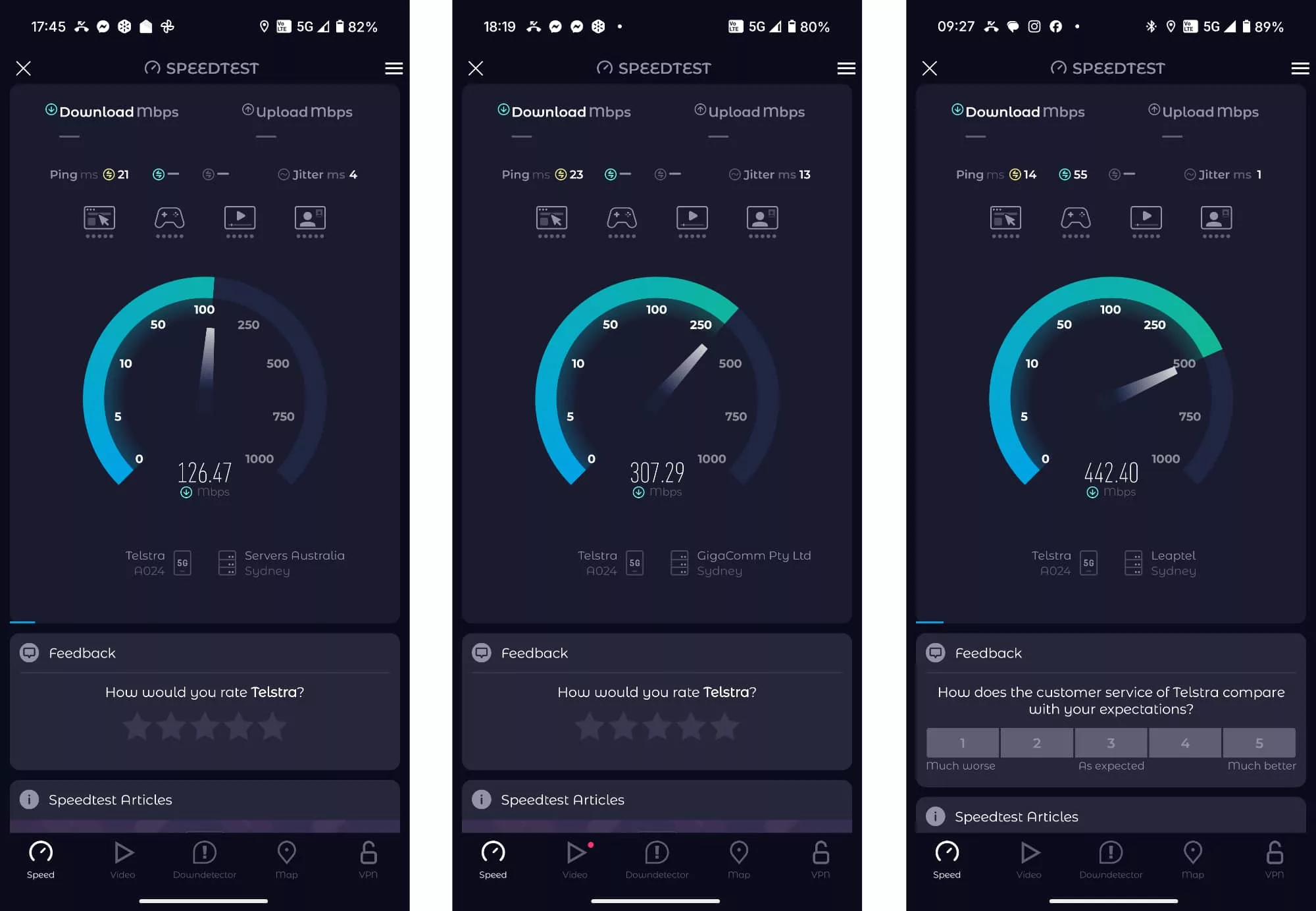
Camera
Next up is the camera, and on paper, the inclusion of three cameras should be a win for anyone looking for a capable camera system.
It’s not just three cameras, but three 50 megapixel cameras on the back covering wide, ultra-wide, and a little close, while the selfie camera on the front also offers up 50 megapixels of goodness. That’s a lot of megapixels all up.
But there’s more to a camera system than simply megapixels; there’s also capability, versatility, and performance. In those area, the Nothing Phone 3 falls a little short.
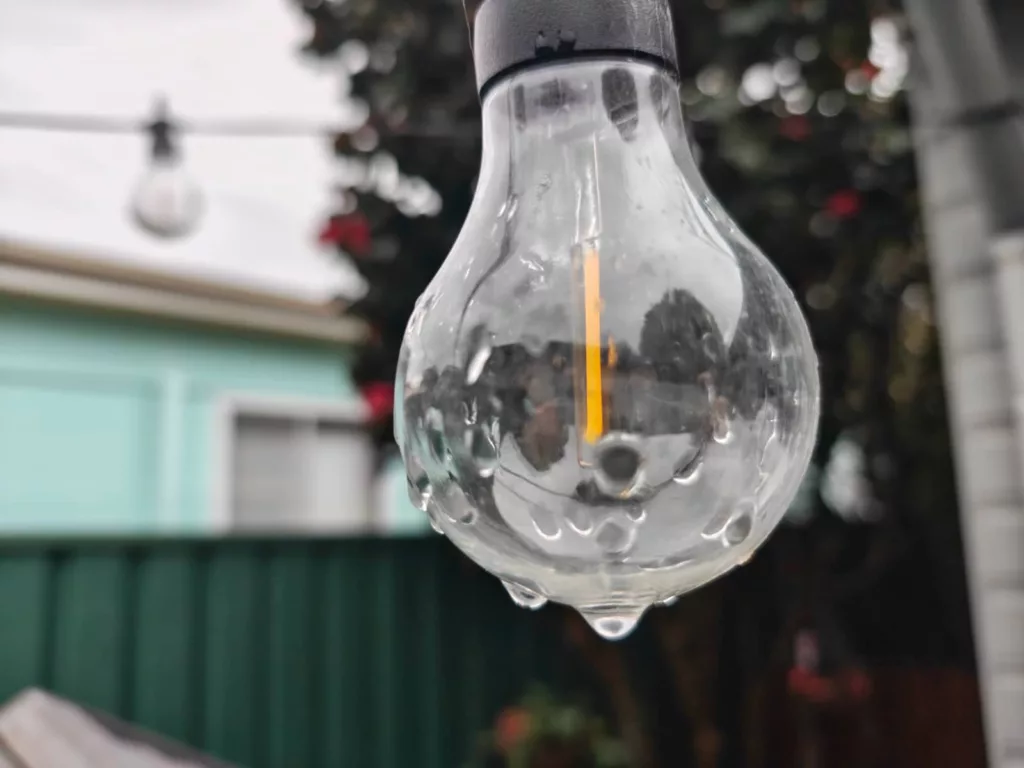



Images can be sharp with decent colours, but our experience with the camera is that it can also be a little slow to fire, resulting in soft or blurry images at times.
In short, it’s capable enough, but doesn’t always deliver the best results.
One saving grace we loved about this phone was its custom camera settings, a little bit of extra tweaking that allows you to make your own profiles.
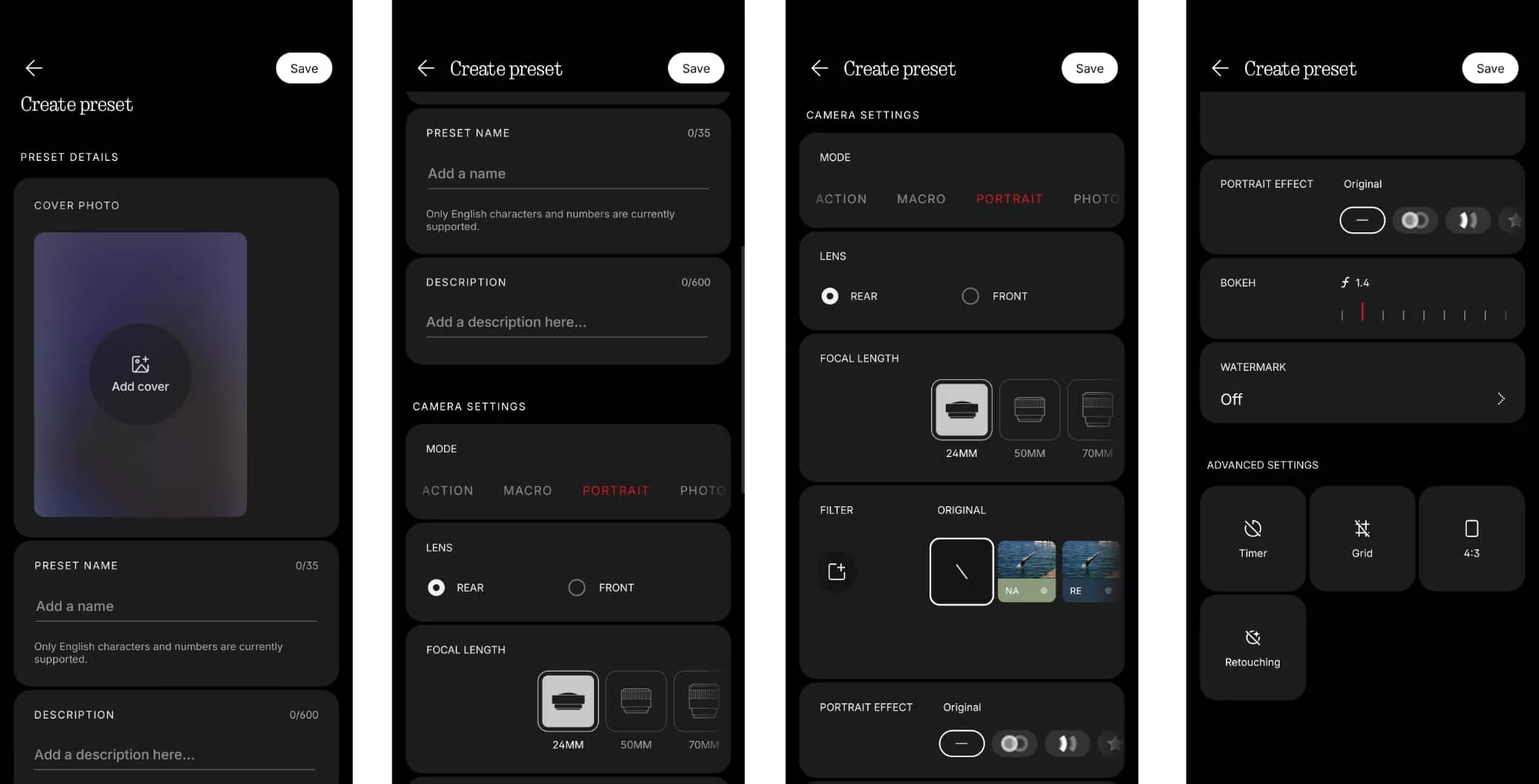
Think of these as preset camera and portrait settings that let you trigger specific colour and monochrome profiles, focal lengths, and other settings so that your phone is ready to capture images the way you want to. It’s a little extra feature that makes the Nothing Phone (3) feel a little more like a camera, and is bolstered by some surprisingly monochromatic captures.
You’re clearly not using a Leica when you’re taking black and white photos with the Nothing Phone (3), but there’s a nice tonality to the shades, and using the phone in this way was one of the better aspects of the camera.
It’s almost as if Nothing has thought of that special extra feature a photographer might want from their phone, and just gone ahead and made it happen. We’ve not seen this from other phones before.


Battery
You’ll also find a decent battery in the Phone (3), with a day of use easy from the hardware, and closer to a day and a half in our tests.
That’s not a bad result at all, and signals that the 5150mAh battery is good enough for a typical work day, and maybe a little more.
Wireless charging is also here, as is fast wired charging, the latter of which supports as fast as 65W, though you won’t find one in the box. You will find a free phone case, but that’s not going to charge your phone up, now is it?
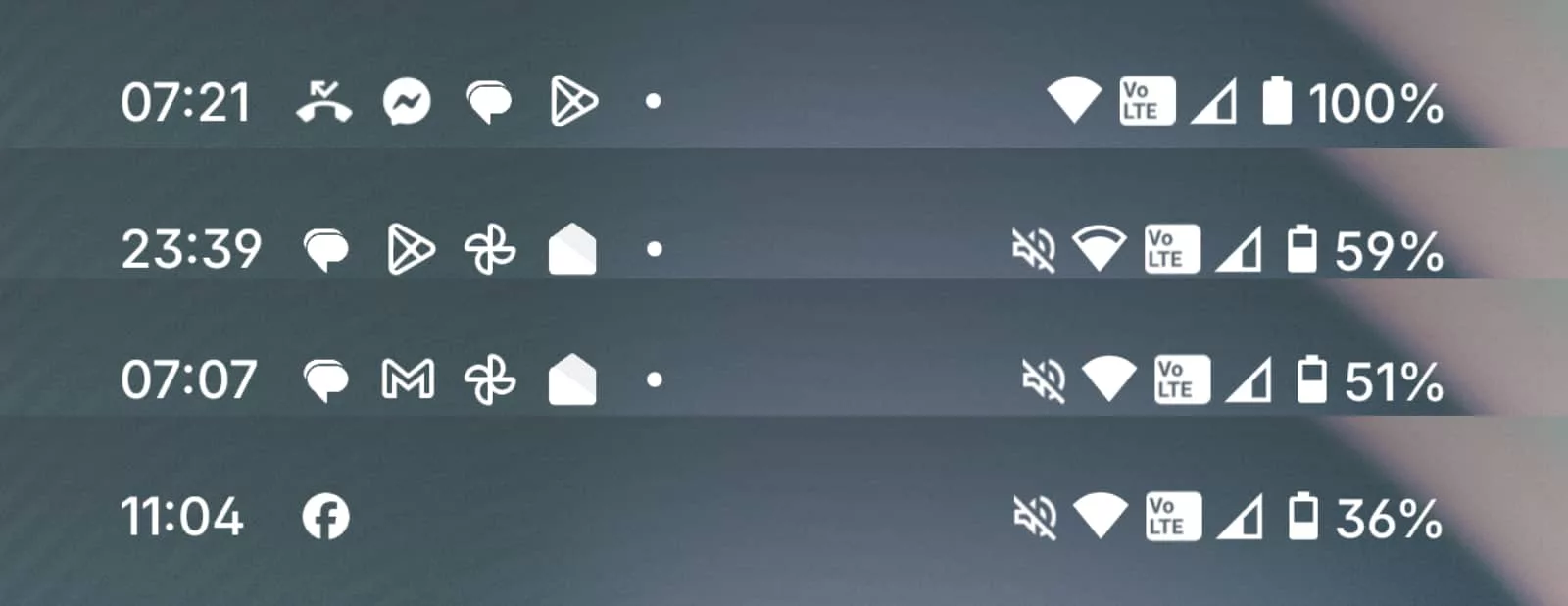
Value
There’s a lot going for the Nothing Phone (3), but one of the issues is the price.
Start at $1509 in Australia for a 256GB phone, Nothing is pitching its mobile in deliberately flagship territory. That’s not necessarily a bad thing — this certainly has the look and feel of a flagship phone — but it doesn’t quite gel or finish the job.
At the $1500 mark, we’re expecting flagship performance or a foldable design. This has neither, and is beaten by some phones priced a good $500 lower, like Samsung’s Galaxy S24 FE, easily one of last year’s standout mid-range phones priced just at the end of the mid-range tier.
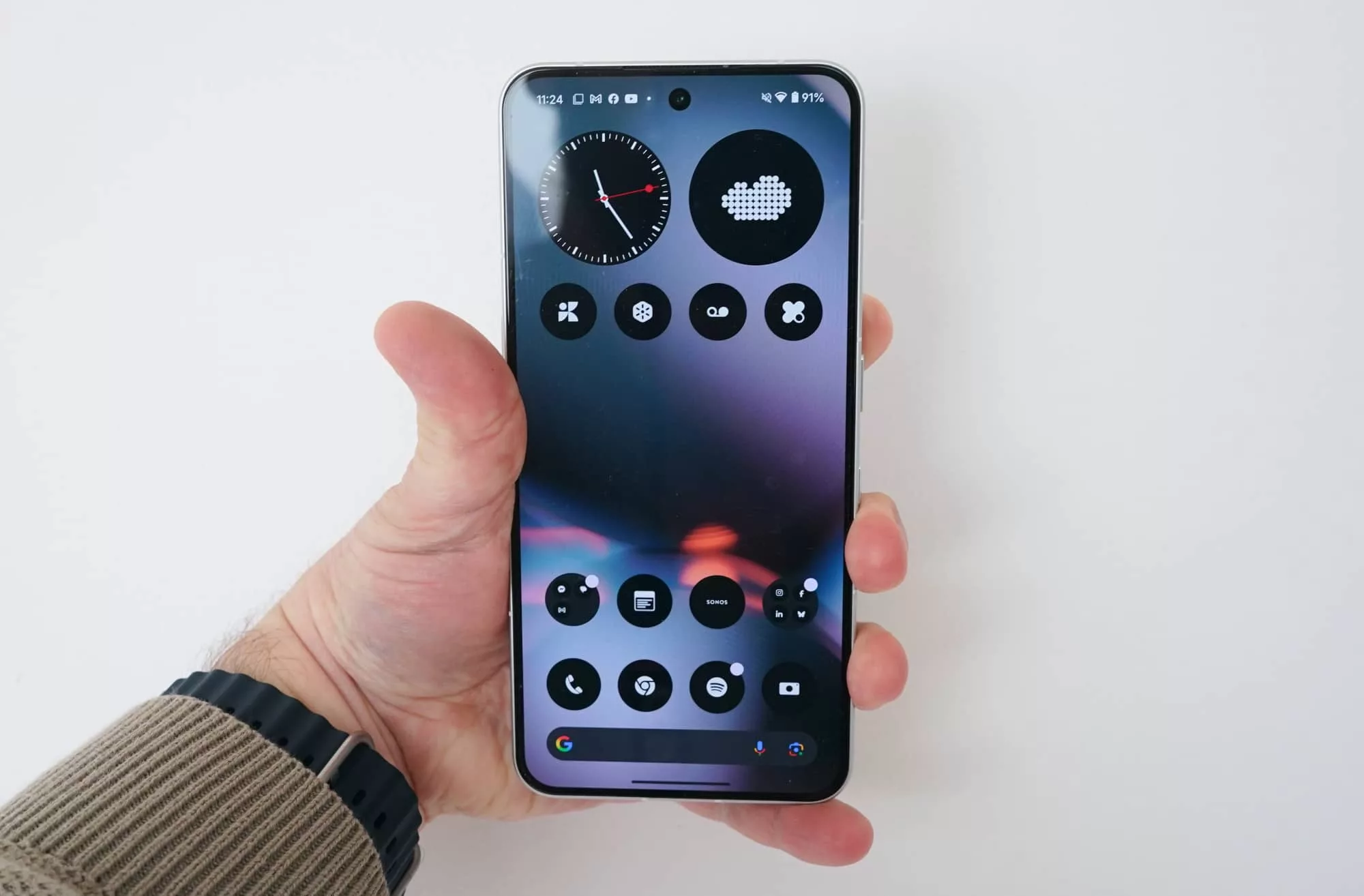
What needs work?
The price feels a little too high, and that’s thanks to the chip: it’s not technically as flagship as other flagship phones. For some, that’ll be a deal breaker.
Beyond pricing, it’s more a bit of a non-issue. The reality is the performance is fine, and in comparison, it runs this year’s take on what the Motorola Razr 50 Ultra used last year. While that wasn’t a flagship chip, it handled just fine.
The performance isn’t quite flagship level, but it’s hardly a deal breaker.
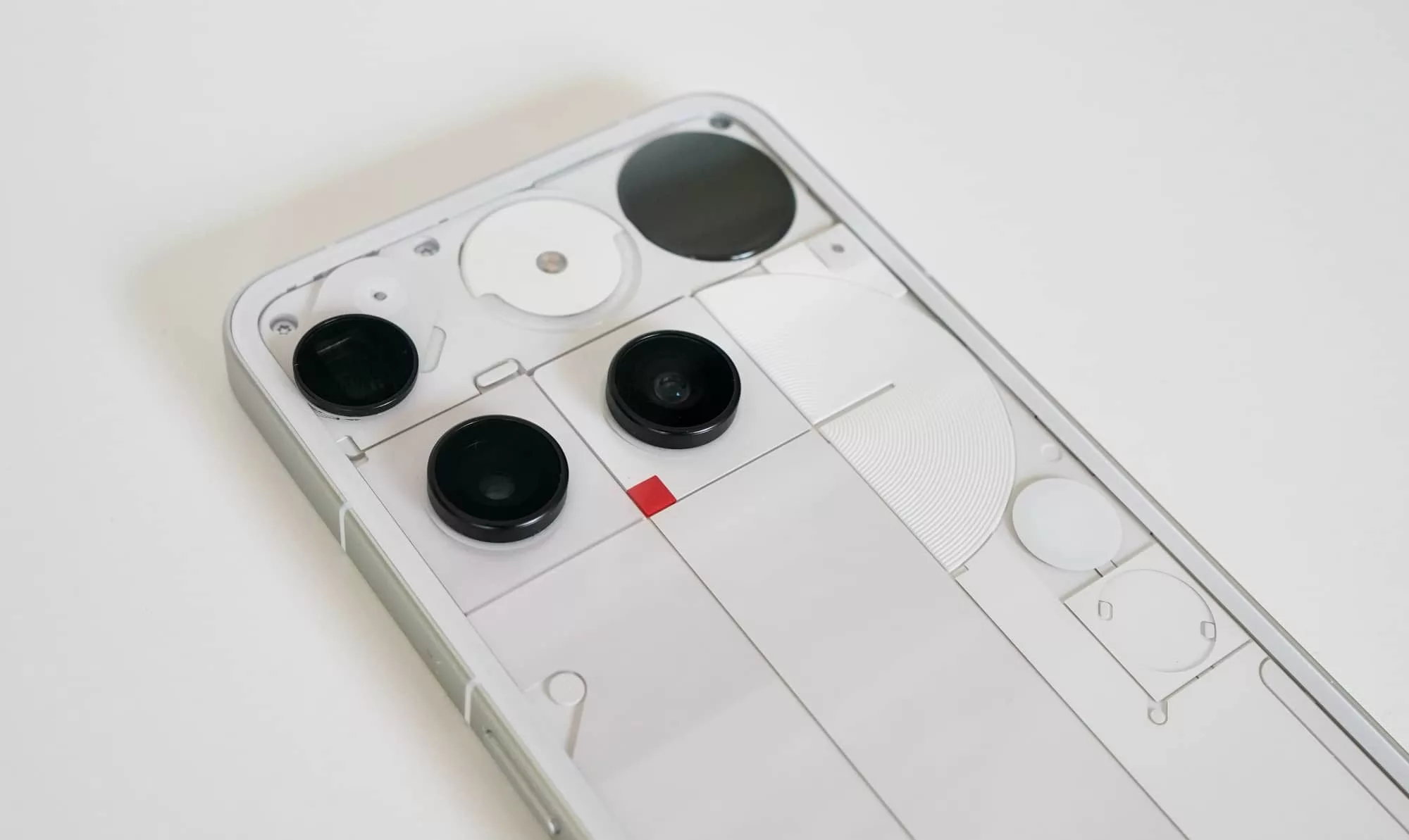
But the camera could also be improved, and ultimately made faster.
Nothing’s flexibility in allowing you to customise the camera is clever, particularly with your own modes. But the system could be faster and the quality slightly better. It just doesn’t match the expectations of the price.
But what really needs work about this phone is the extra stuff, like the emphasis on that special Essential Space button, which sometimes gets in the way.
Press it and you’ll get a way to store your screenshots and thoughts with the little bit of AI the phone uses for a sort of makeshift journo. Don’t, and like on the 3a Pro, the Essential Space button just feels useless. You can’t remap it; you just have to kind of live with it.
It’s a little like the Glyph Matrix LED on the back, which feels like a missed opportunity.
Before Nothing was installing tiny circular screens on the back of its phone, it offered a clever little set of lights you could program that worked on the back of the phone. But here on the Phone (3), the glyph is a small screen that if we’re honest feels absolutely and totally useless.
The idea is interesting: a tiny screen for your battery life, timers, and the occasional tiny game, like a pint-sized version of “Spin the Bottle”.
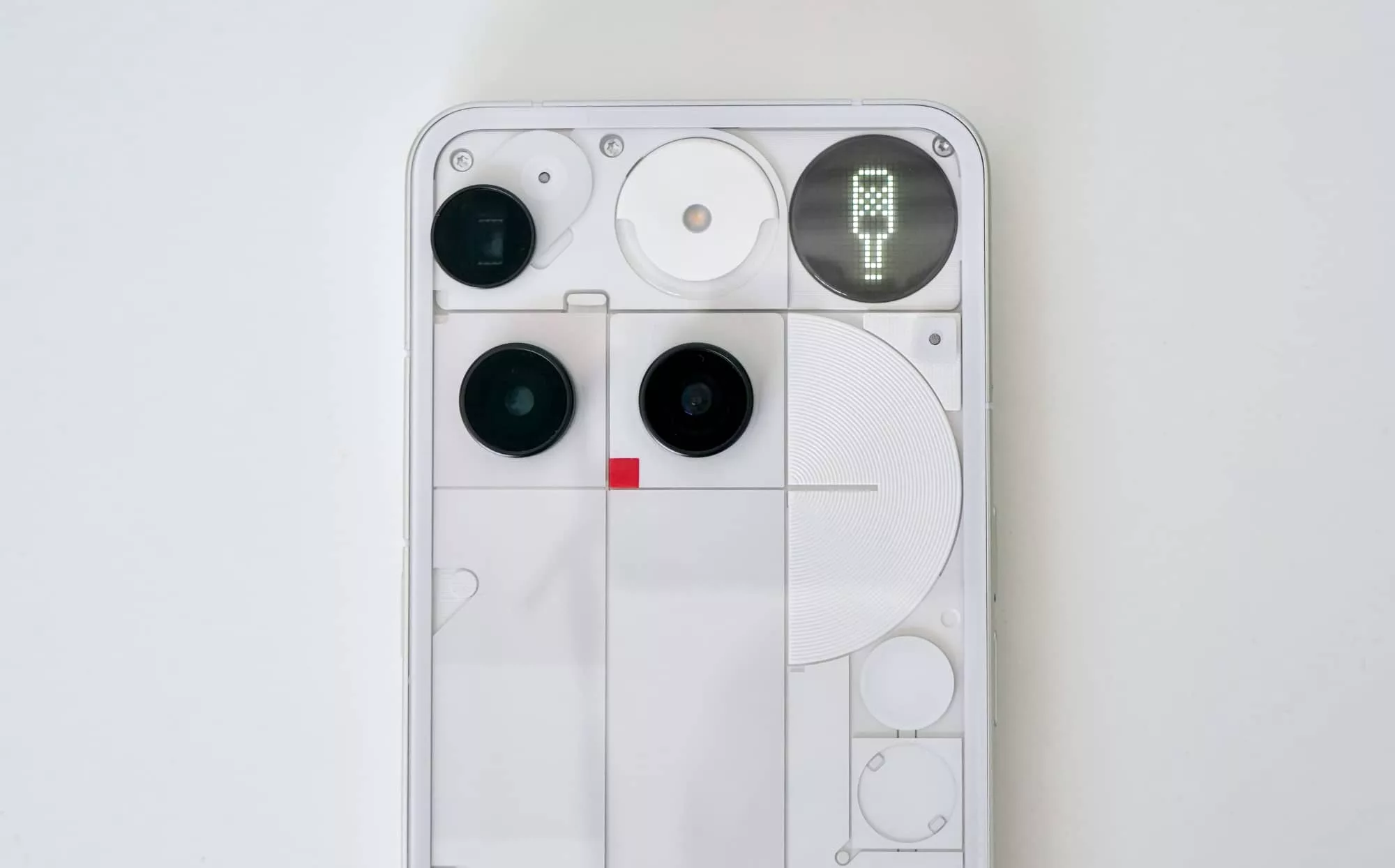
The reality, however, isn’t that exciting. Truthfully, it’s just another screen you probably won’t care about that needs to be activated by tapping a part of the phone on the back that you won’t remember is there. You’ll have a clock and a stopwatch and battery indicator and a tinkering game you’ll literally never touch.
While the original glyph lighting idea was clever, glyph matrix just comes off as a bit of a gimmick that will go unused. It’s like Nothing’s take on Apple’s Touch Bar, and we know how that went.
Frankly, we’d have preferred if Nothing had thrown in support for Qi2, given only one other mobile maker has dared try. At least that would have been a useful feature worthy of a challenger brand.
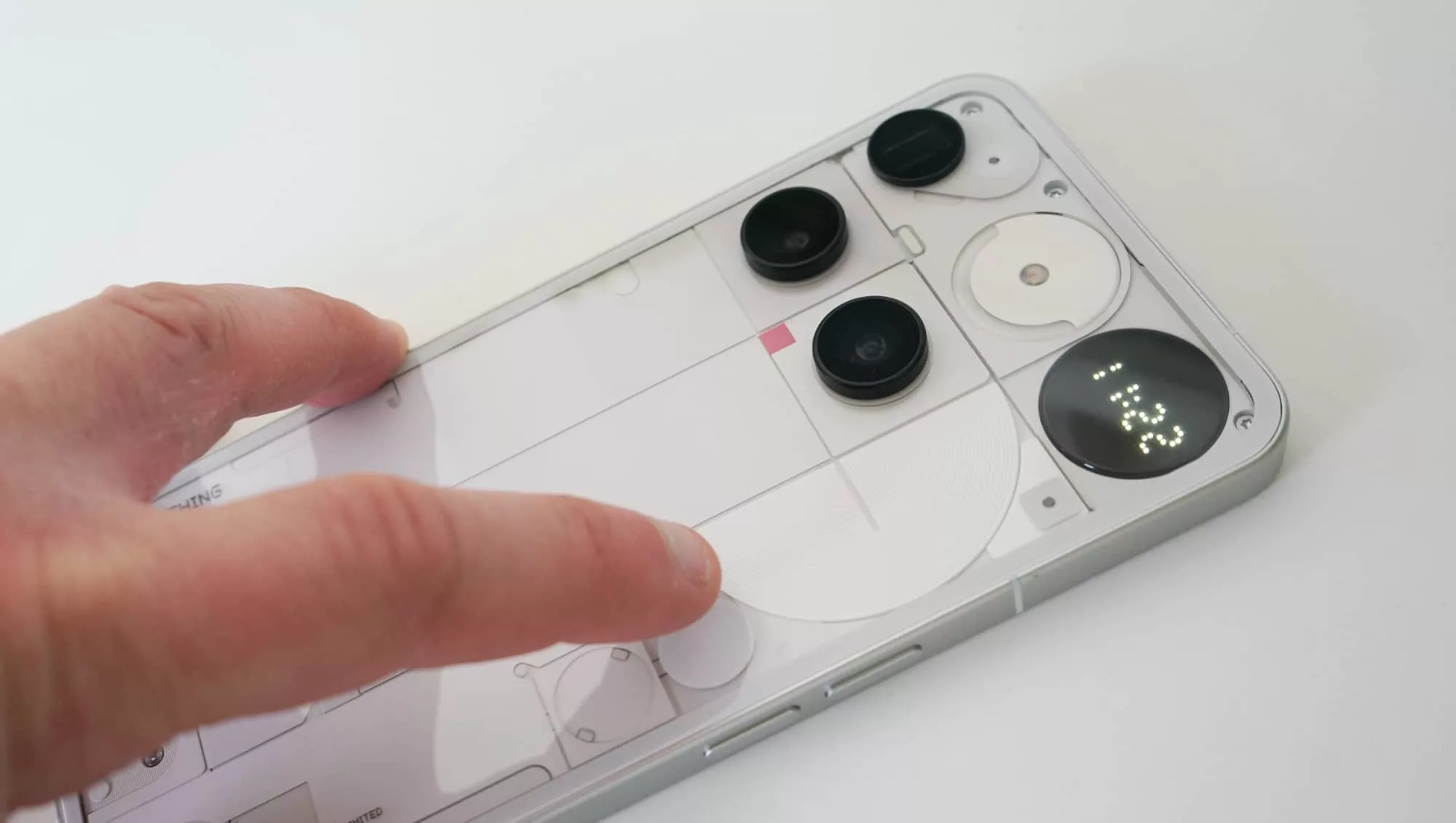
You’ll probably forget about it quickly, making it a forgettable feature.
What we love
While the Glyph Matrix feels like a bit of a miss, the design definitely draws us in.
Unsurprisingly, it’s like Nothing’s Headphones, a pair designed to look like nothing else, showcasing a point of difference in an era of sameness by practically everyone else.
The Nothing Phone (3) stands out. There’s no way any of your friends will have something like it, unless they too happen to have a Nothing phone. And since they probably won’t, you’ll definitely stand out.
It’s a shame that our design score also needs to factor in the usability of the design, because as much as we love the transparent look and the unusual approach to cameras (and we’re probably an outlier here, because it’s kind of cool), the fact that you can’t reprogram one the Essential Space button or easily trigger the Glyph Matrix passive button tells us that Nothing’s design team needs to work a little more closely with its engineers building the damn thing.
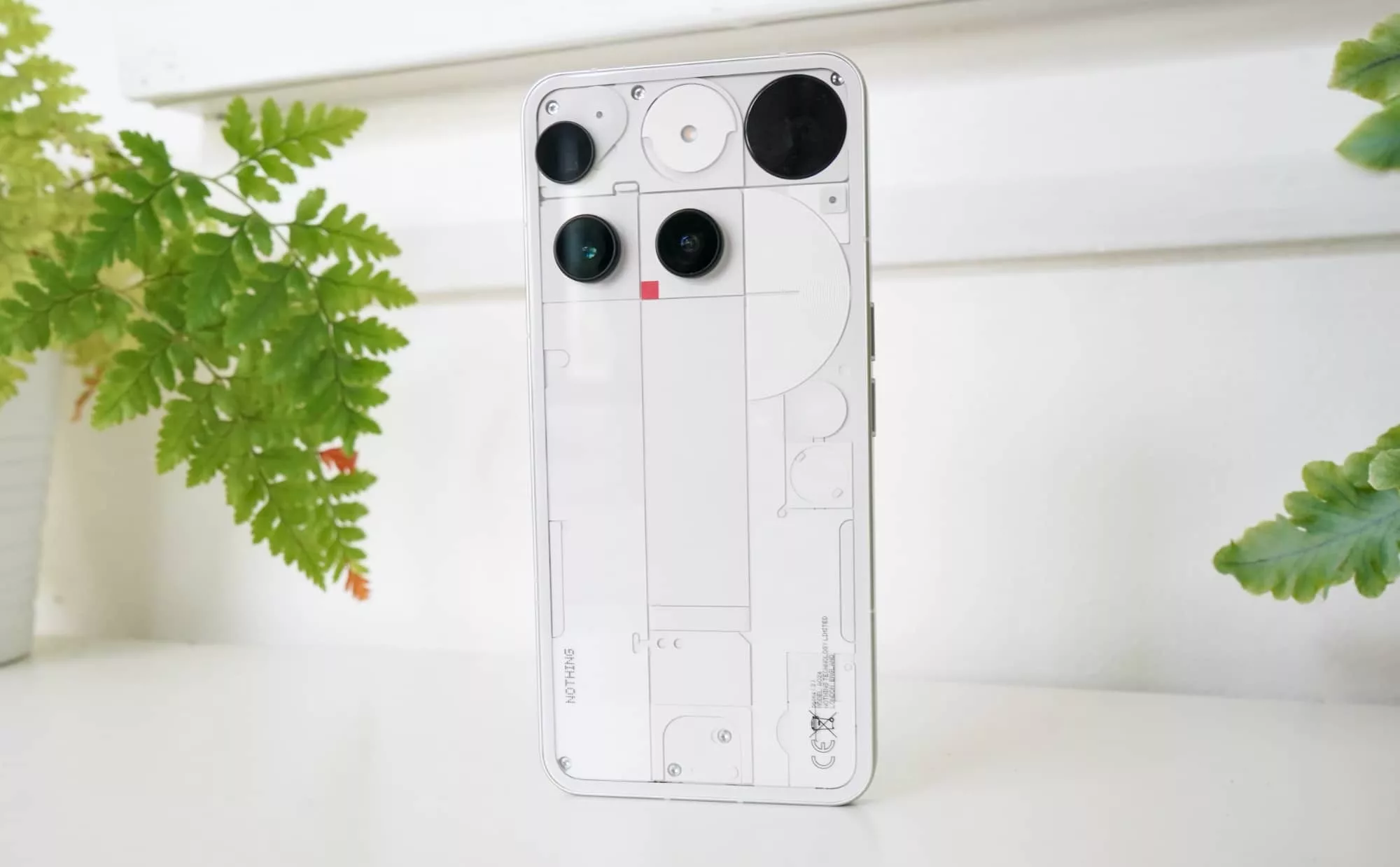
Final thoughts (TLDR)
Standing out is hard, but standing up isn’t. In the Phone (3), relative newcomer phone maker Nothing is trying to do both: stand up and stand out.
It’s nice to see, even if it doesn’t quite pay off initially.
The Phone (3) is the first almost proper flagship we’ve seen from Nothing in Australia, and it’s an intriguing look at what a challenger brand can do when they’re striving to make more than just mid-range phones.
It’s a phone that stands out and strives to be different. It’s not quite worth the full price just yet, but it’s definitely on its way.



